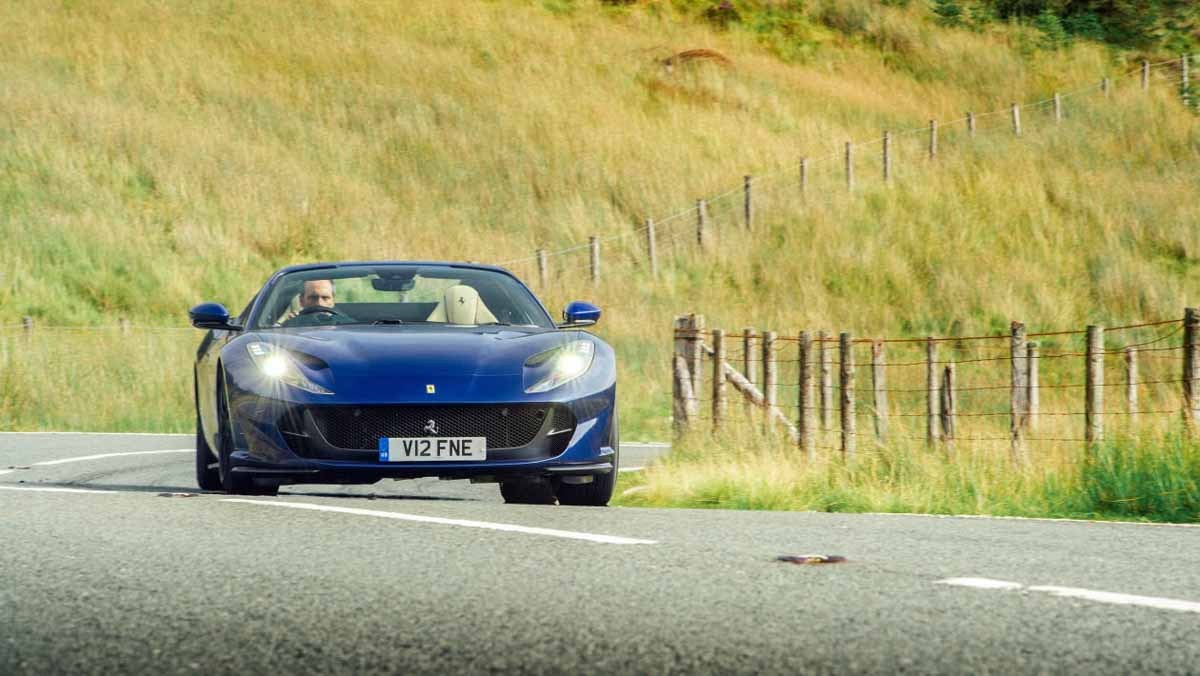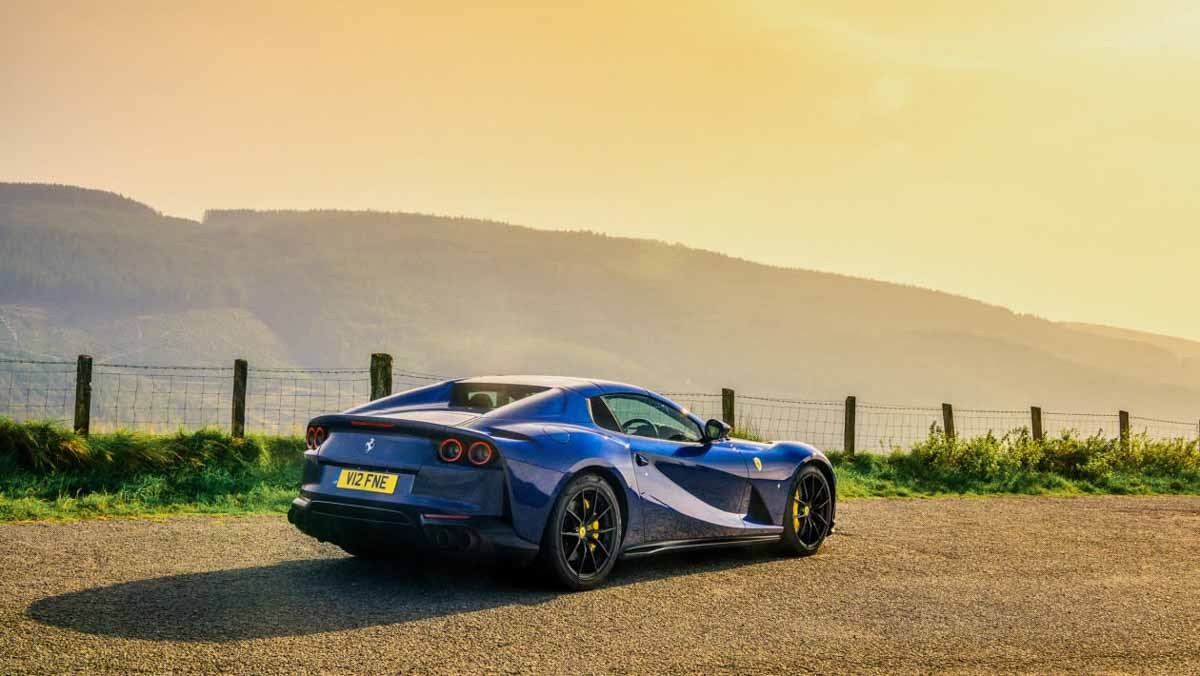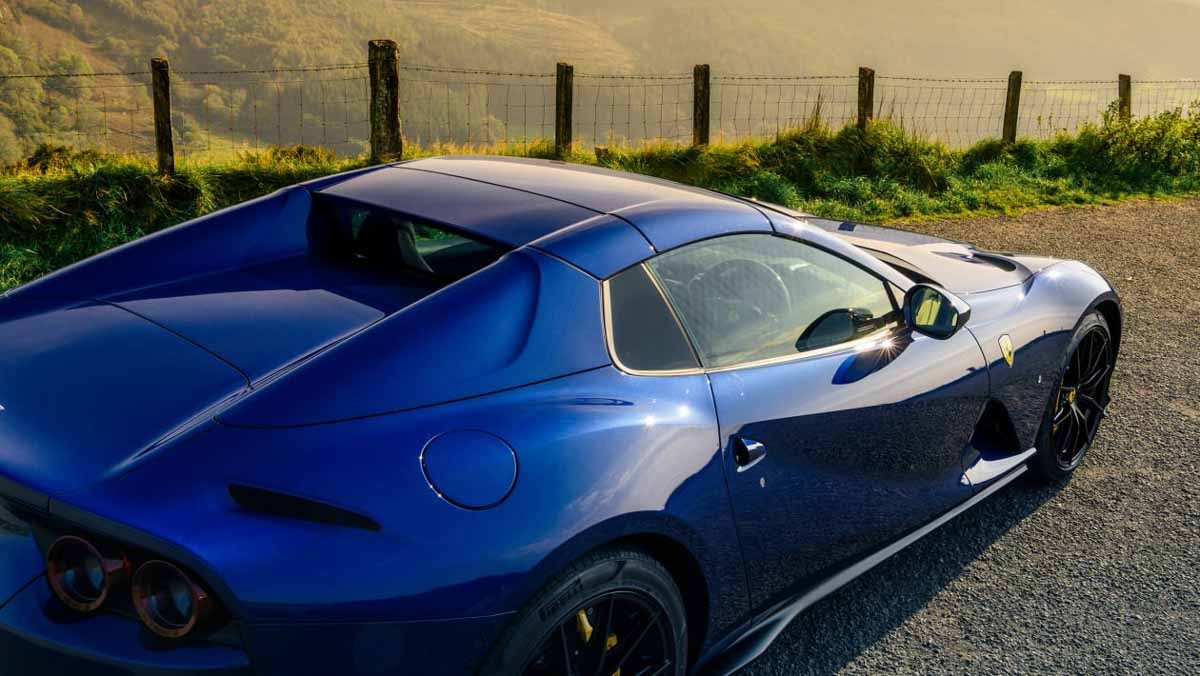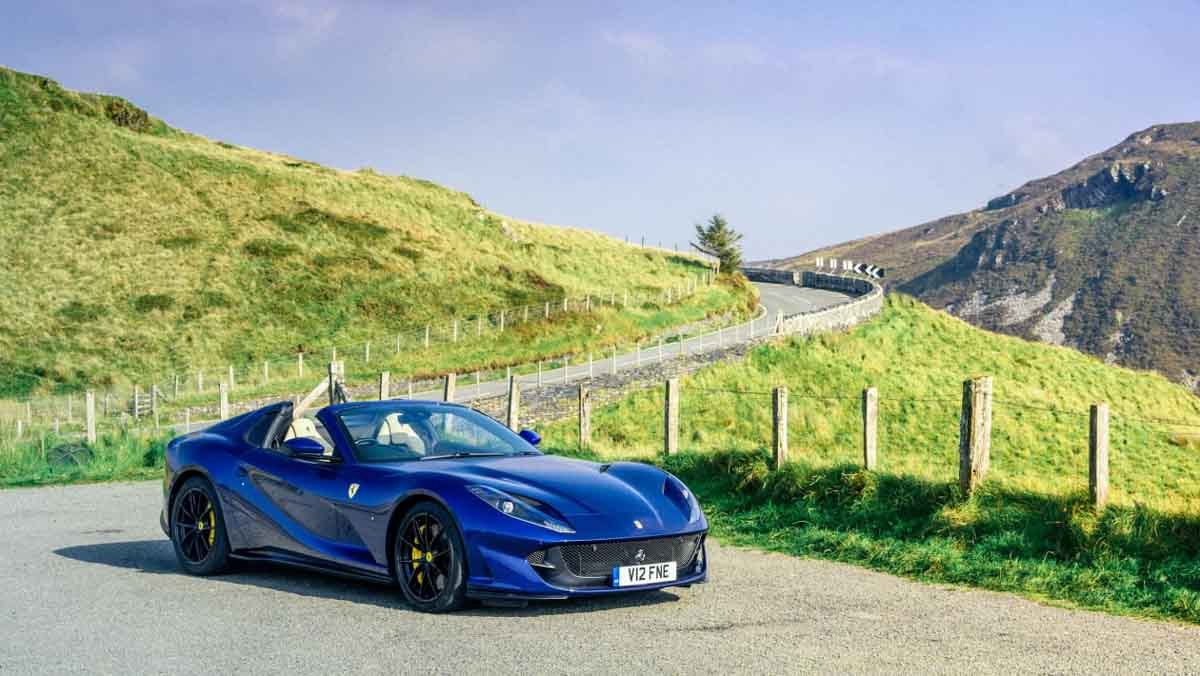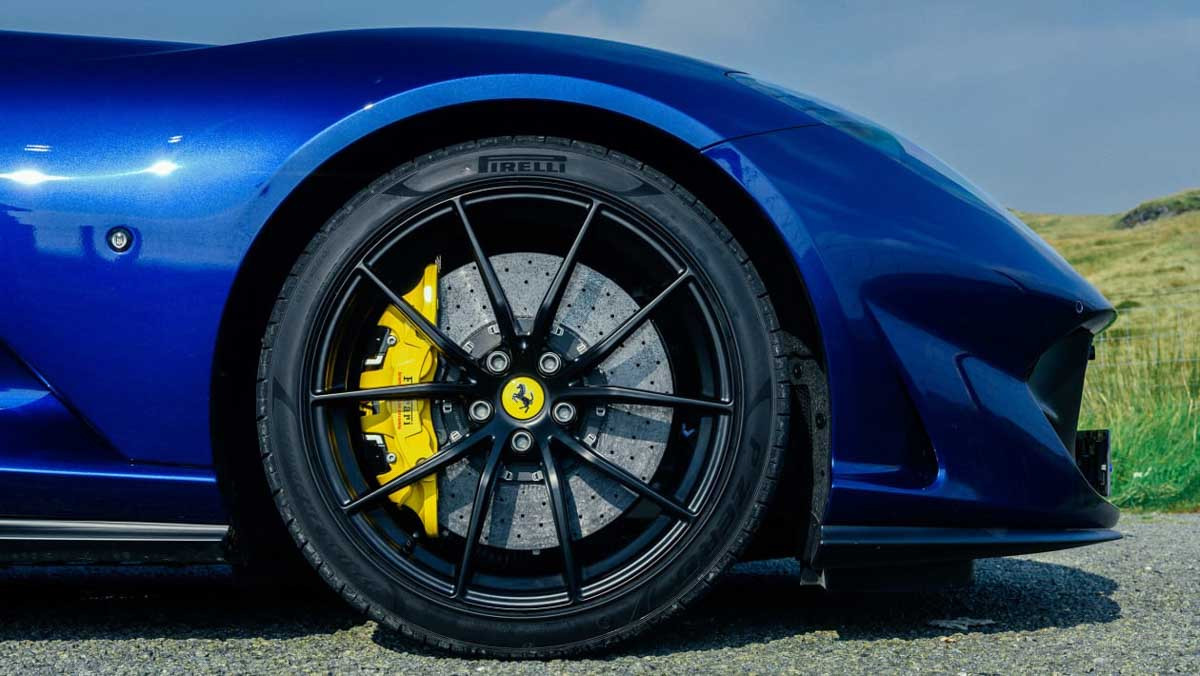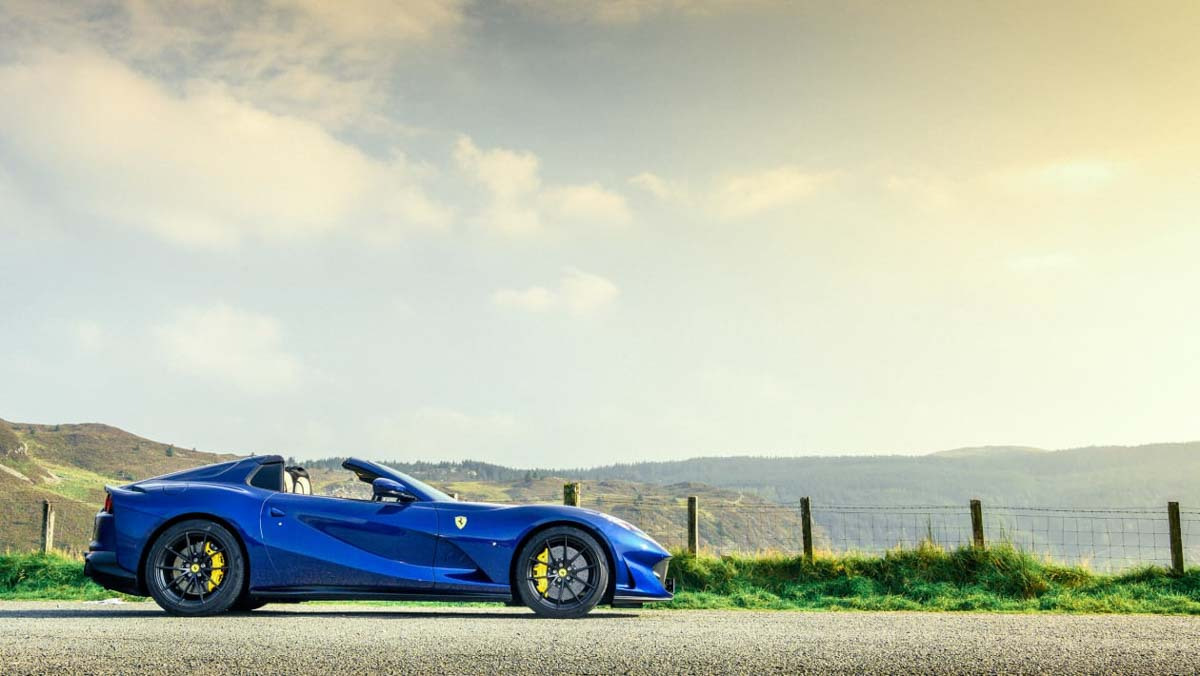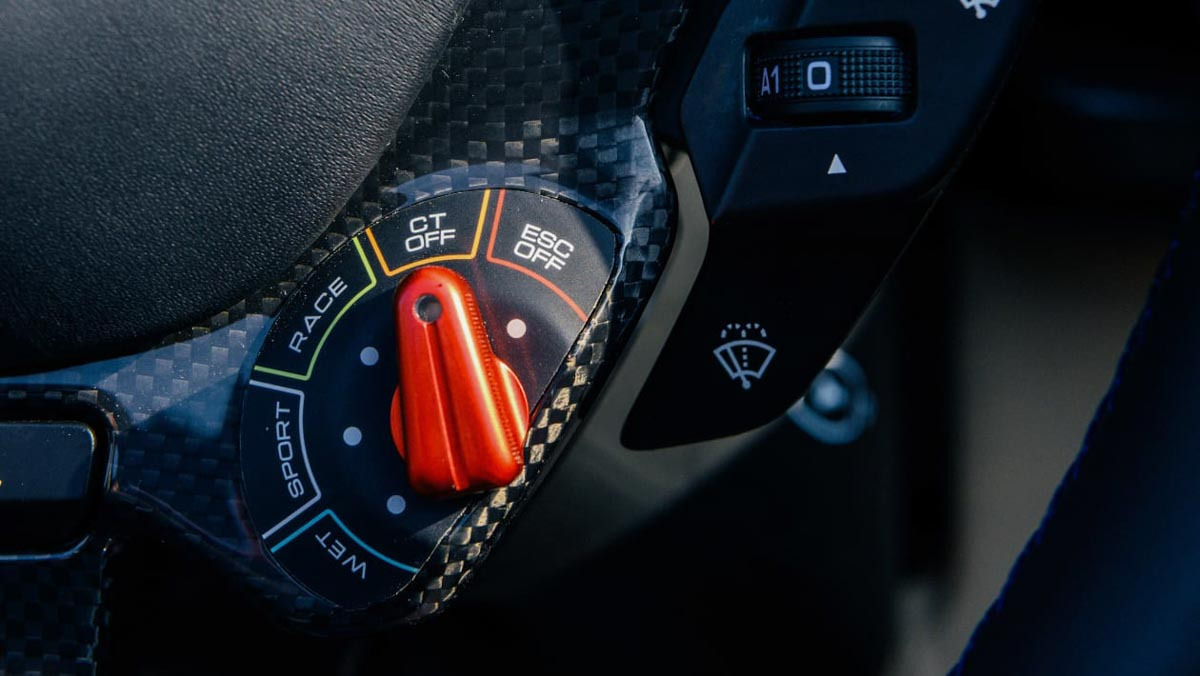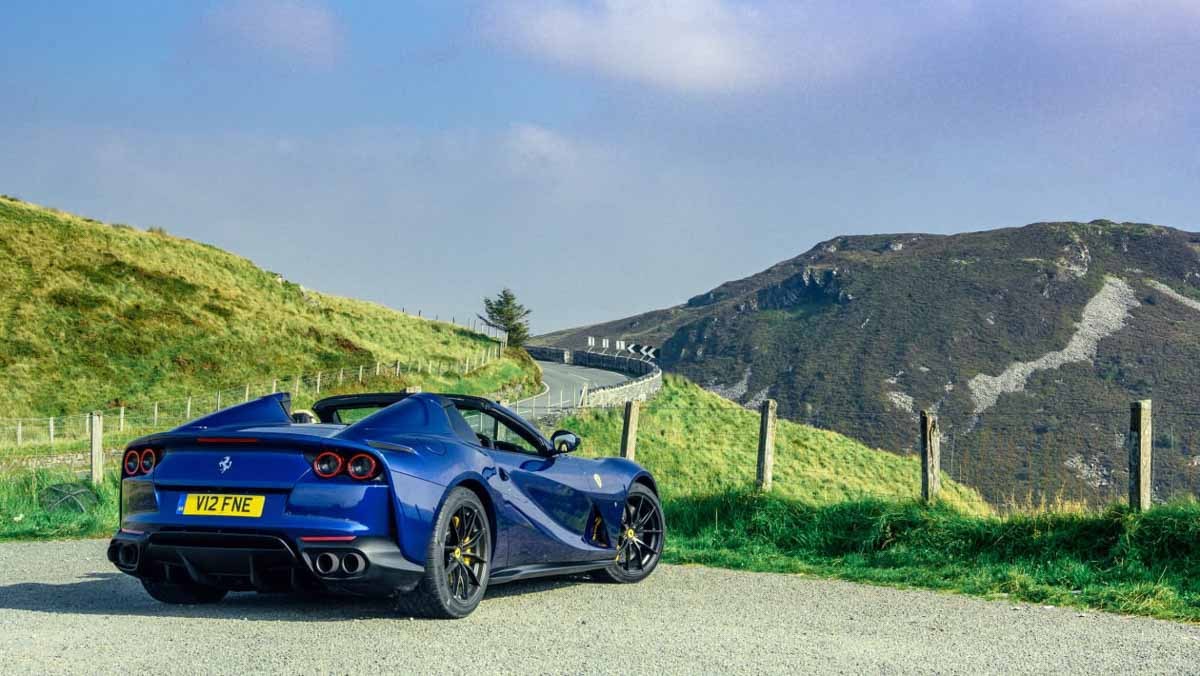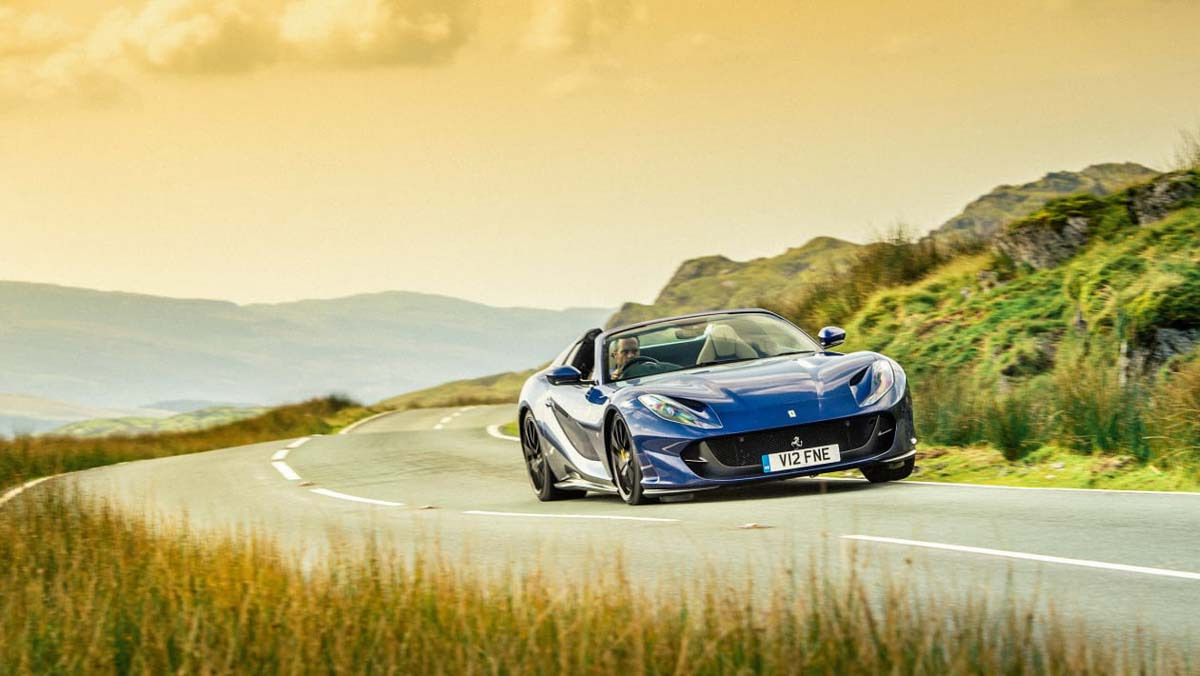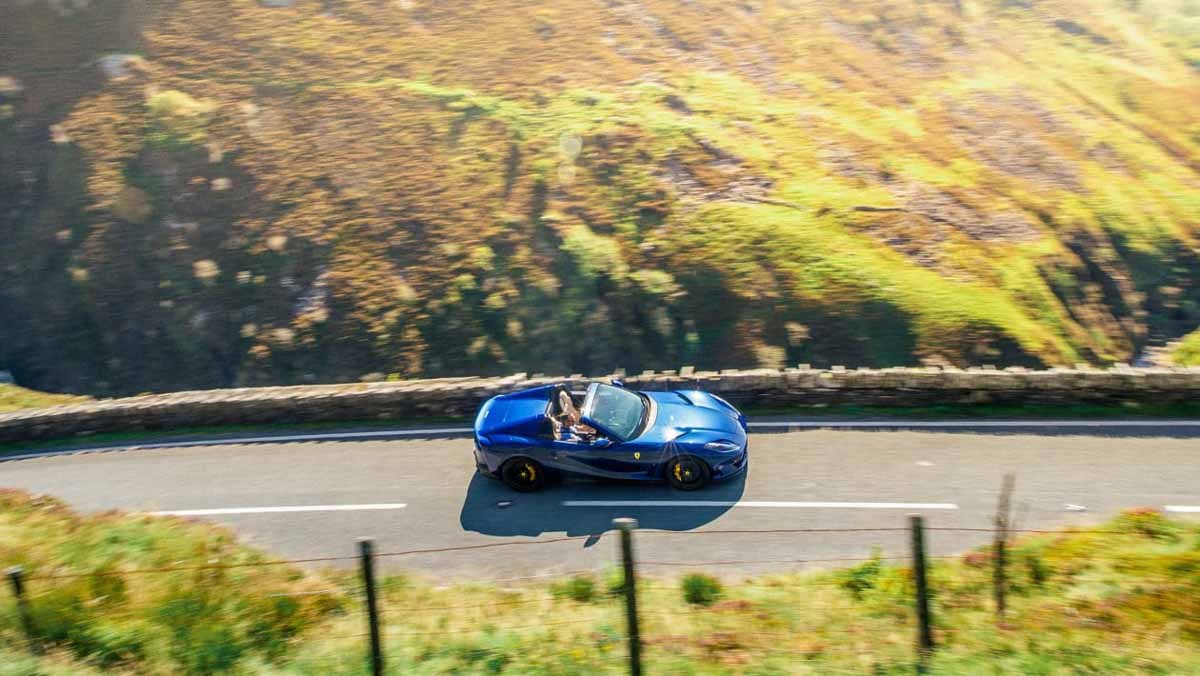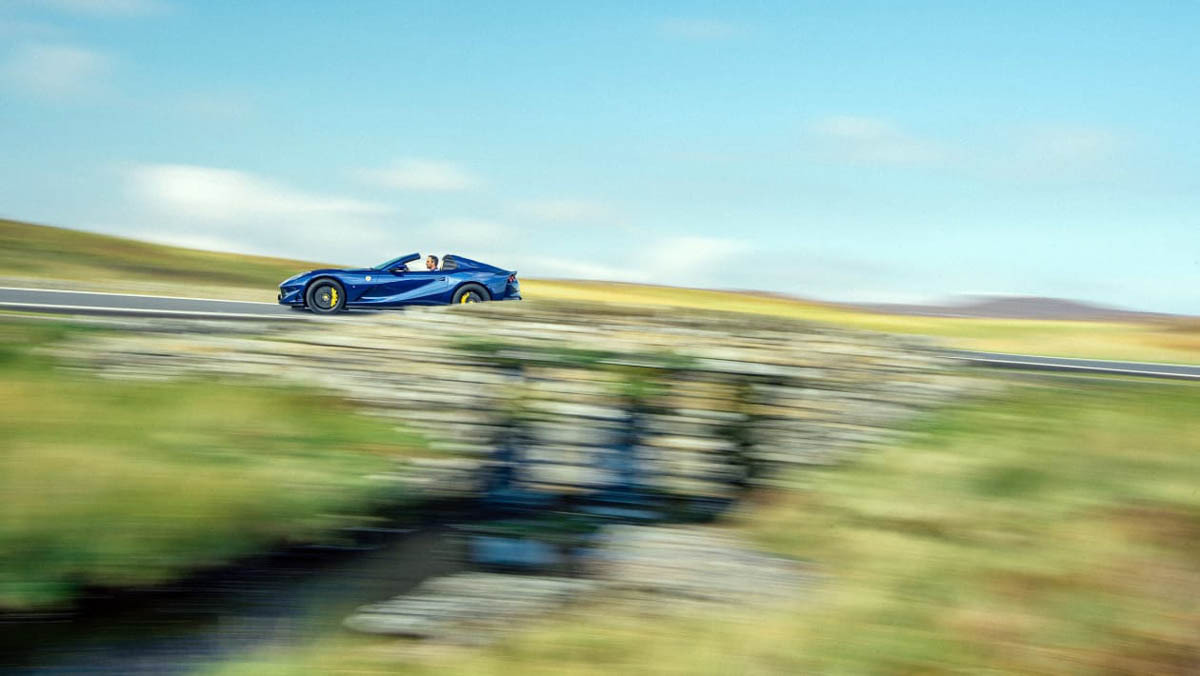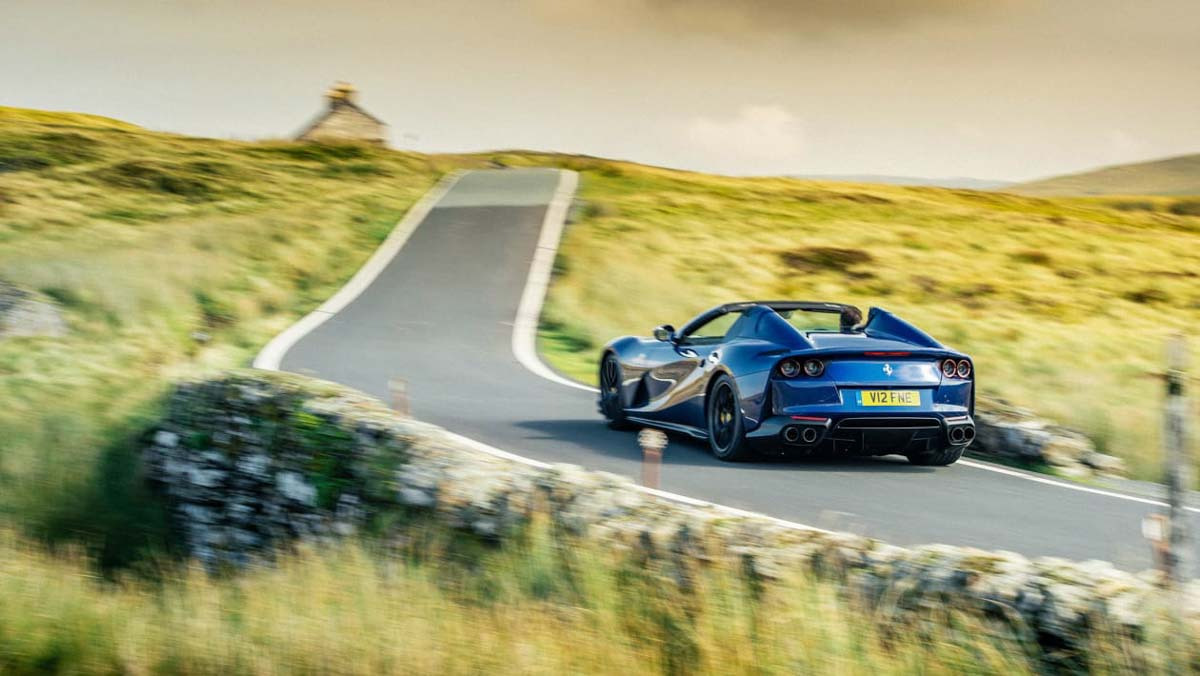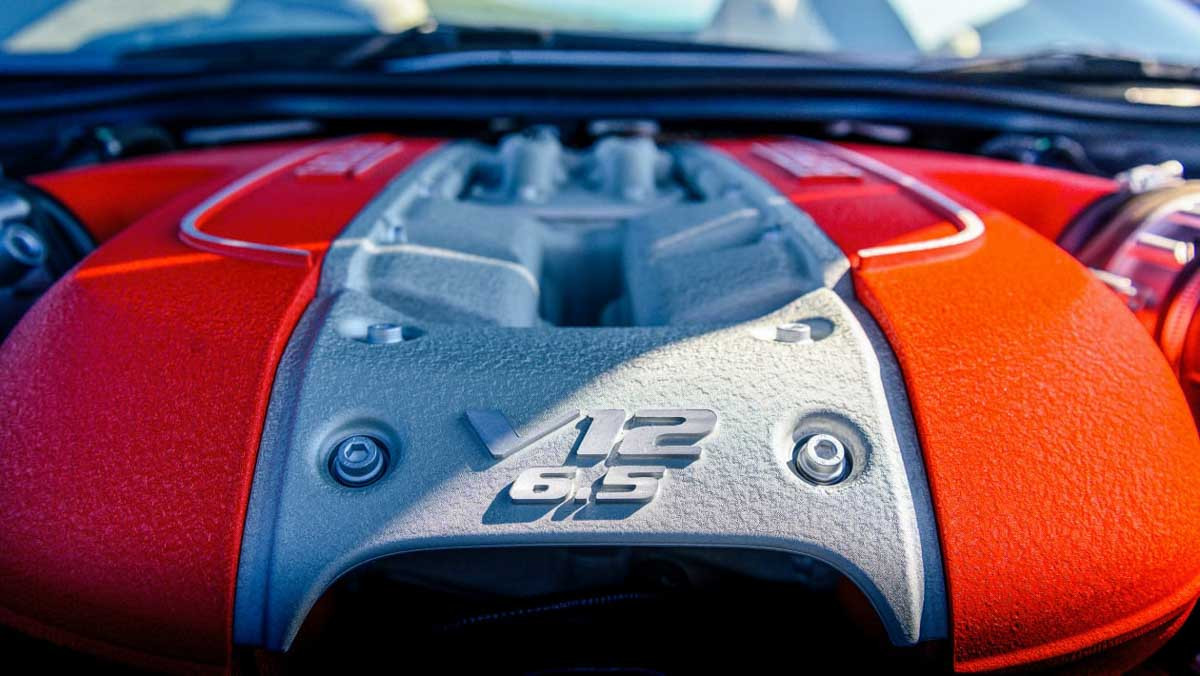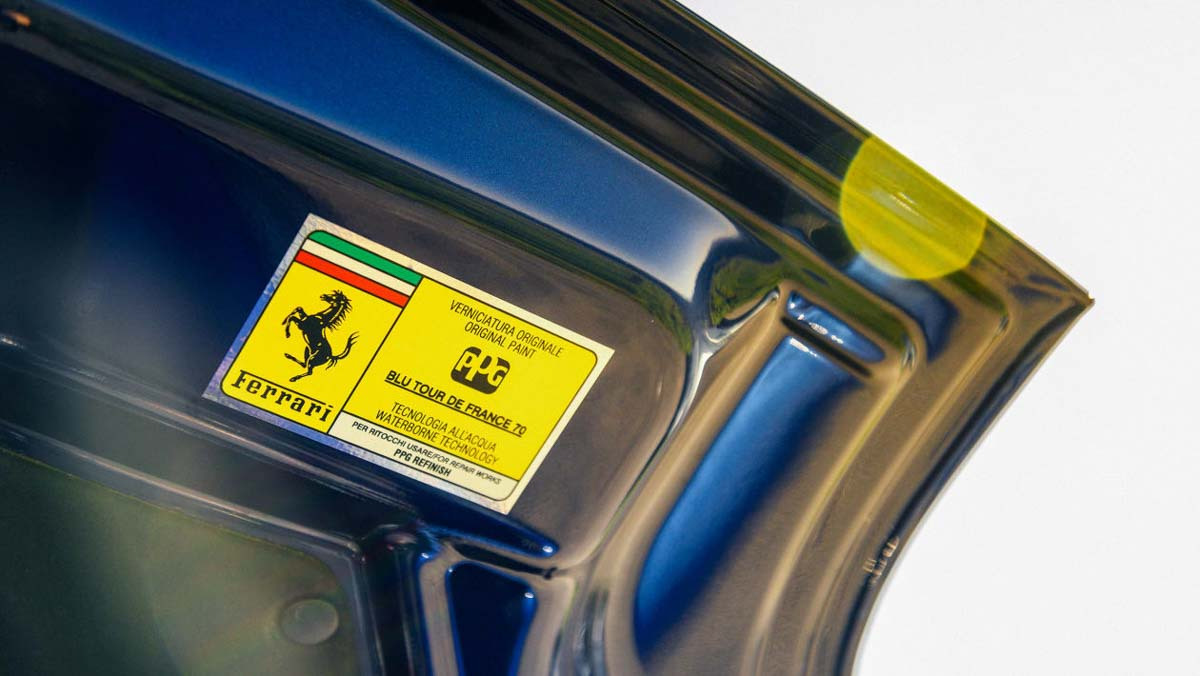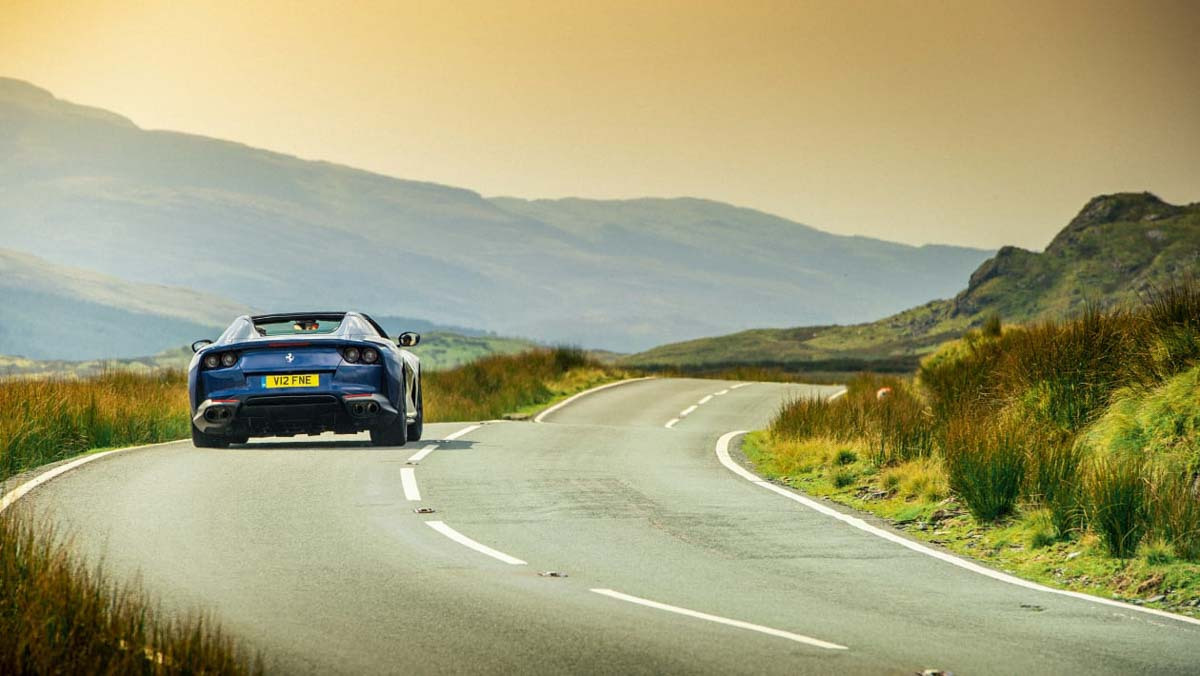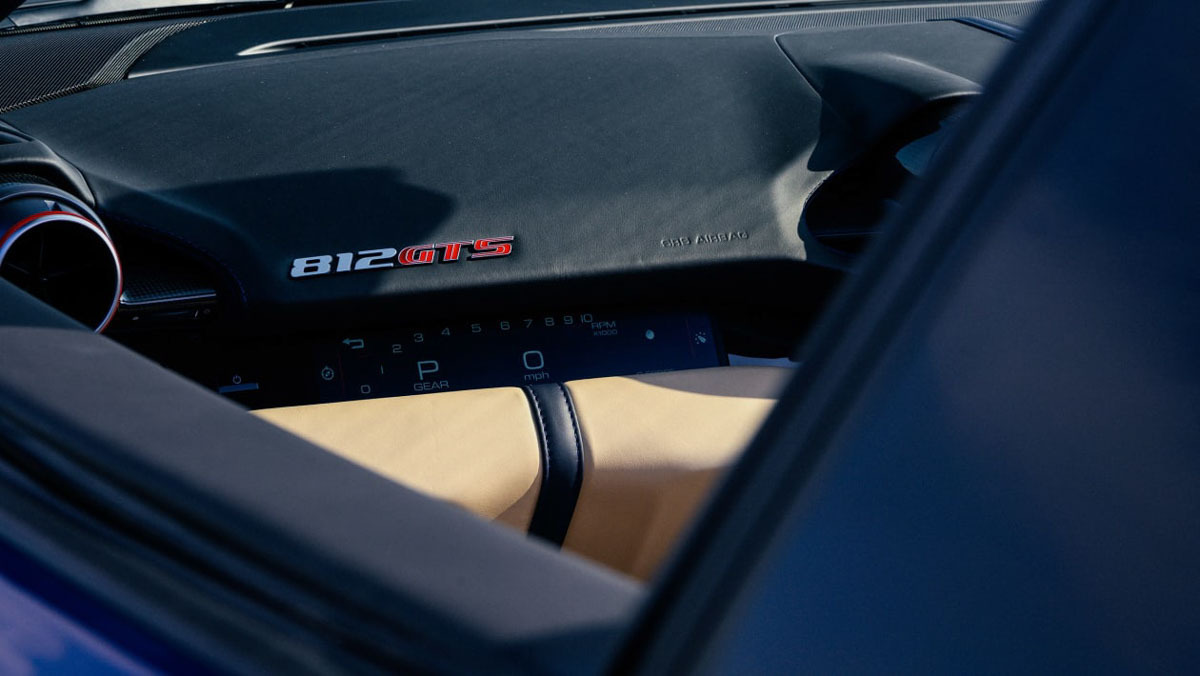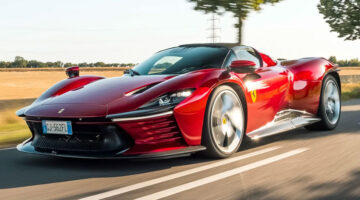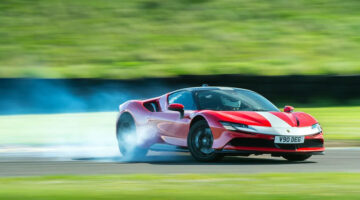A wonderful combination of near-hypercar pace and open air driving
| Spectacular engine, presence, impressive dynamics | |
| Not quite as sharp to drive as coupe |
Ferrari’s flagship berlinetta exists almost in a class of its own, combining all the firepower of a contemporary supercar – or maybe even hypercar – within a traditional, front-engined package. The 812 Superfast is every bit as fast as its name suggests.
Yet although Ferrari has a fine tradition of chopping the roof off its V12-powered coupes, in recent years it has reserved that for limited-run ‘specials’. That changes now though with the arrival of this, the 812 GTS, the first series-production V12 convertible since the 365 GTS/4 Daytona Spider. Can it retain the Superfast’s dynamics whilst bringing its occupants closer to the elements?
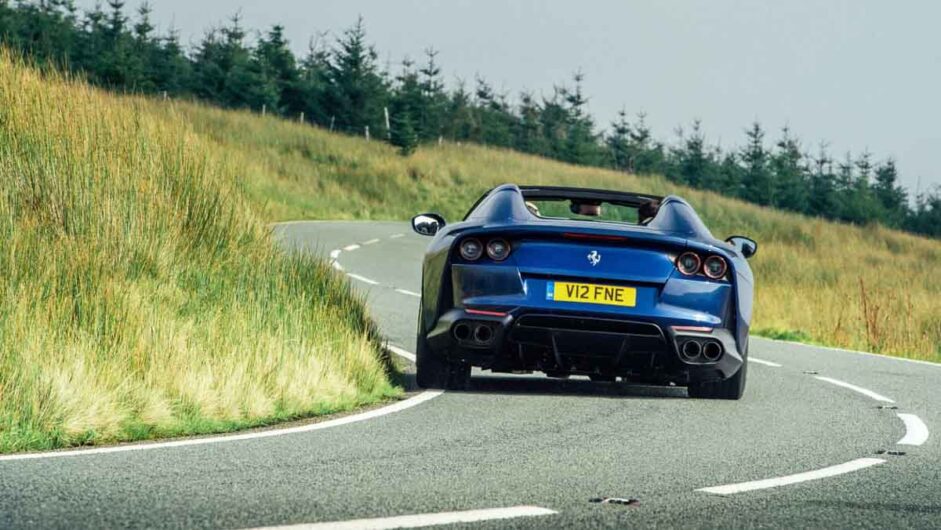
Engine, transmission and 0-100 time
The Tipo F140GA naturally aspirated V12 is a masterpiece, producing 789bhp and 530lb ft of torque. It pulls effectively from just above idle and doesn’t then stop until nearly 9,000rpm (the limiter calls time at 8,900rpm), the final third of the rev band possessing all the manic energy of a 1-litre superbike. It’s connected to a seven-speed dual clutch gearbox and deployed with a vast amarda of electronic systems. 0-100kph takes ‘less than three seconds’ and the top speed matches the coupe at 340kph+.
Technical highlights
Ferrari has stayed loyal to the metal retractable hard top in an era when some are returning to the lighter, more easily packaged fabric soft top. It opens in 14 seconds, and at speeds of up to 45kph, meaning there’s a chance you might escape getting your expensive leather interior wet should you be able to drive slow enough for a short period. There’s also a small window behind the seats that can be electrically operated independently, acting as a wind-deflector with the roof down, but also providing some of the sensations of open air motoring even when the roof is in place.
The penalty for the above is a requirement to strengthen work to the 812’s body, resulting in a 120kg increase (the GTS weighs 1,645kg ‘dry’) in the overall weight when including the roof and its accompanying mechanism. Ferrari has also worked to maintain the aerodynamic properties of the 812, while attempting to manage airflow and hence occupant comfort in a roofless car that can exceed 322kph.
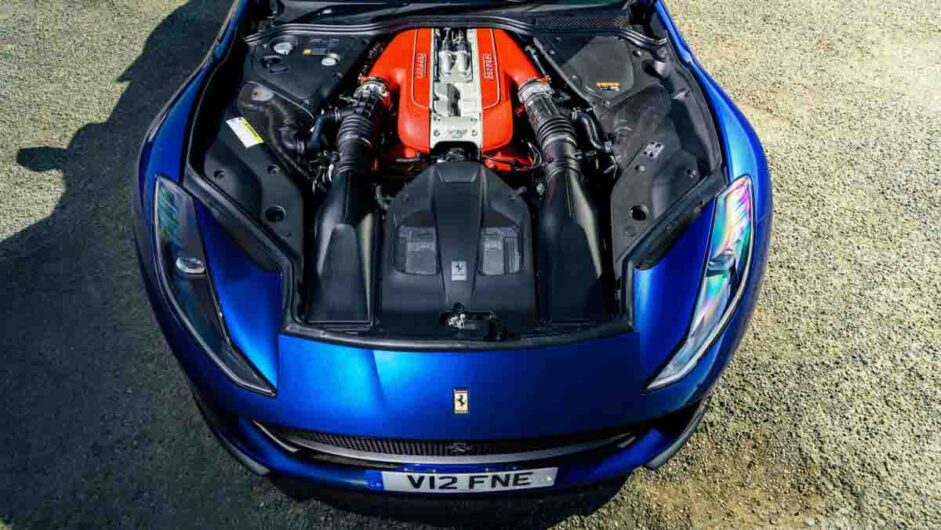
What’s it like to drive?
For all the many good things about the 812 GTS, there’s one aspect of its personality that is the biggest, laziest cliche going: it is a car dominated by its engine. It’s probably fair to say that the time for engines such as this one is distinctly numbered, which makes it something all the more to saviour while we still can. While the 812’s electronics deny the prospect of pulling away in top gear like the party trick of a classic Ferrari V12, there’s no denying if so allowed this V12 would happily oblige; it’s superbly tractable, and is already pulling hard by 2,000rpm even in a high gear. By 3,000rpm it’s really motoring, by 4,000rpm you’re already faster than just about anything else on the road, and then, at 5,000rpm, it really wakes up.
The engine’s note begins to harden, and the rate of acceleration picks up again. Between 6,000-8,900rpm is where the real power band is, and frankly it’s very hard to find the space and lack of surrounding humanity to indulge in the warp speed acceleration the engine then provides. Some may therefore question the point, but it’s such a thrill to occasionally take the engine there, and of course, just knowing you could will be enough for many.
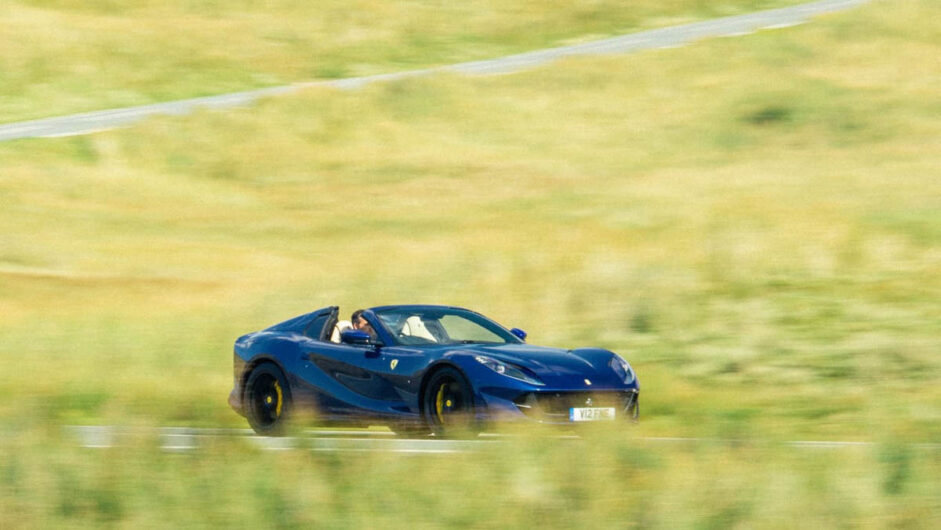
The 812 GTS always feels like a very big car – disarmingly so to begin with – but it’s an easy one to place once you’ve built some confidence in its reactions, and learnt to exploit the precision its chassis affords you. The steering is light and very fast in its ratio, which again, does take some familiarisation like all modern Ferraris, but you do get into a groove with the GTS. While Ferrari only admits to recalibrating the suspension to suit the additional weight and change in its centre of gravity, the GTS does feel a little softer riding than the Superfast, but even so, the ‘bumpy road’ switch on the wheel is worth pressing to smooth it out even further.
Using the manettino it’s possible to make the GTS increasingly angry, while simultaneously stripping away layers of protective electronics. It’s a car that will lose traction extremely easily given even mild provocation, and while it’s possible to hold a slide it takes very accurate throttle and steering inputs to hold and then gather it all back up. Most of the time though, the GTS just glides along, with so much in reserve, and with a warm breeze circulating all around it’s hard not to feel that life is pretty good…
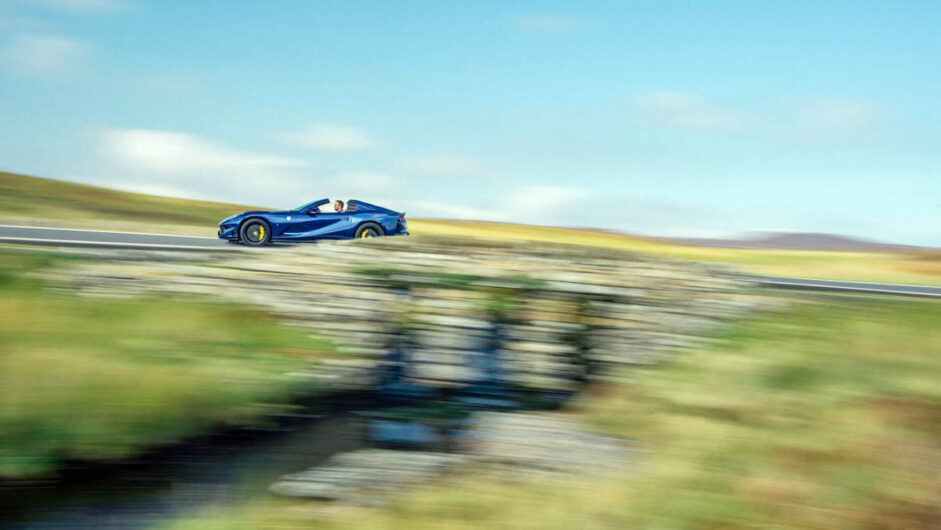
Price and rivals
The 812 GTS costs $408,283, clearly with the potential to cost an awful lot more once options and personalisation has been applied. There are plenty of roofless supercars, with extreme performance and price tags, but they tend to be low-slung, mid-engined machines, and nothing can combine the thrill of open-air driving with immense performance in quite the manner of the 812 GTS.
This article originally appeared at evo.co.uk
Copyright © evo UK, Dennis Publishing

